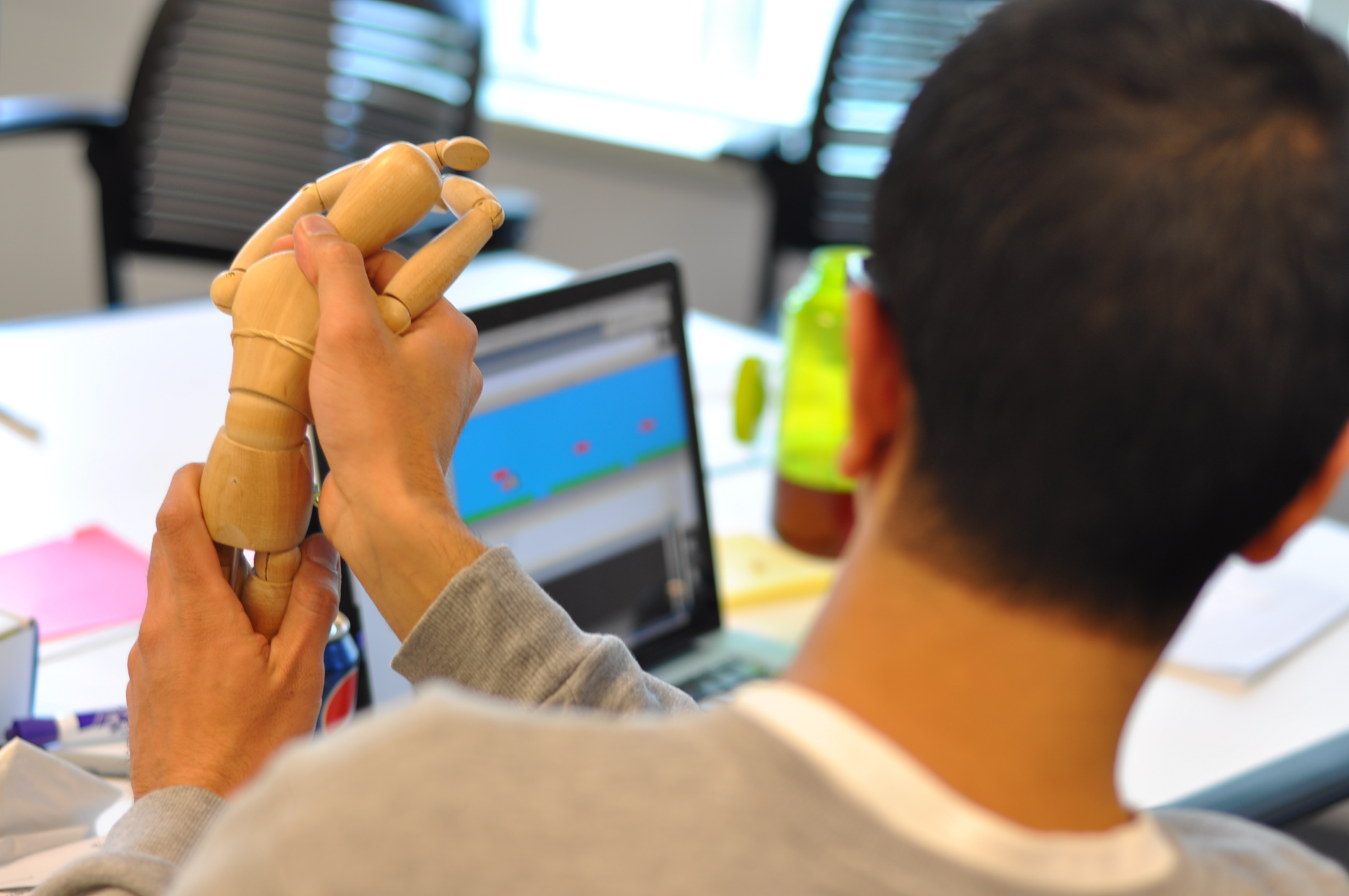Design Systems and Models: Cybernetics with Hugh Dubberly
An Introduction to Systems and Cybernetics in a week long workshop
During the twentieth century, design focused largely on the form of objects. In the twenty-first century, design is focusing largely on the behavior of systems. Other disciplines have developed a body of knowledge about systems. Yet most designers are unfamiliar with this work.
Learning Objectives
Tools For Understanding Context and Taming Complexity:
A Whole Systems Approach to Design
Summarize major systems theories and show how they are relevant to emerging design practice. Introduce language, models, and principles from a range of perspectives:
Formal Systems: information structures and network topologies
Dynamic Systems: stocks + flows, resource cycles, lags + oscillations, explosion + collapse, dynamic equilibrium + homeostasis
Control Systems: feedback + stability, goal-action-measure loops, requisite variety
Living Systems: self-organizing, dissipative systems, autopoiesis, positive deviants, co-evolution +drift, bio-cost
Conversation Systems: observing-understanding-agreeing, learning-coordinating-collaborating, goal- task ladders, bootstrapping, ethics+responsibility
All photos by Paul Sheetz














